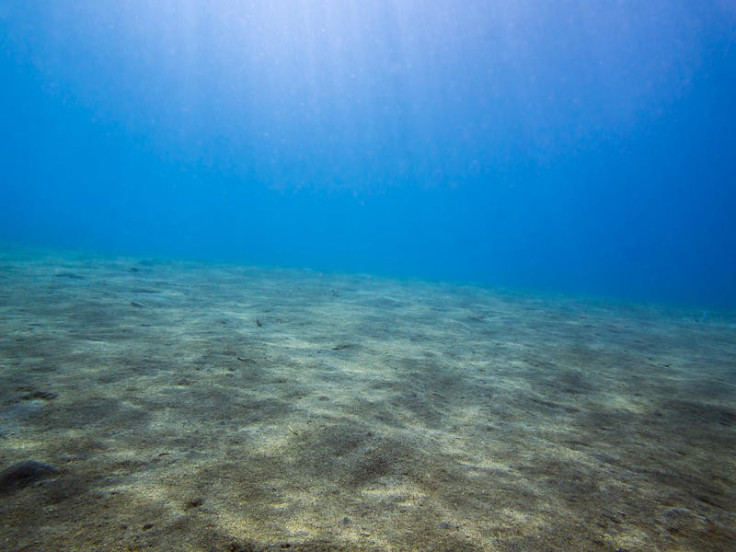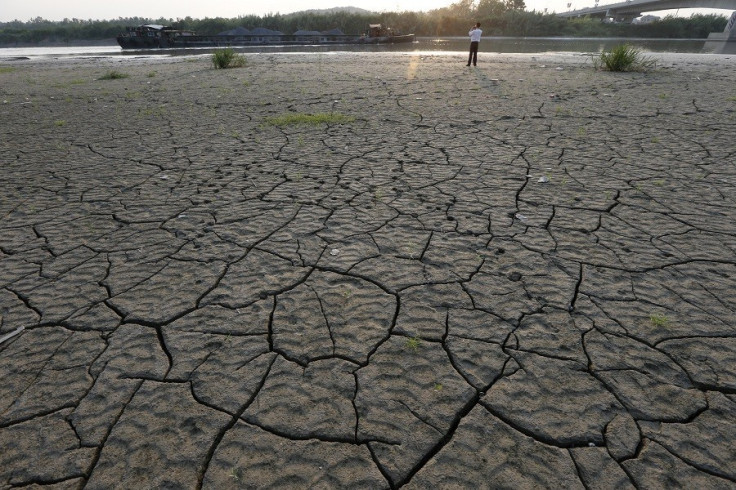Vast Freshwater Reserves Discovered Beneath Ocean Holds Promise for Reducing Drought Impacts

Vast reserves of freshwater have been discovered beneath the ocean floor just kilometres out to sea.
Scientists say they have found half a million cubic metres of low-salinity water buried under the seabed on continental shelves across the world, including Australia, China, North America and South Africa.
Vincent Post, from the National Centre for Groundwater Research and Training and the School of the Environment at Flinders University, said: "The volume of this water resource is a hundred times greater than the amount we've extracted from the Earth's sub-surface in the past century since 1900.
"Knowing about these reserves is great news because this volume of water could sustain some regions for decades."
Researchers say the huge reserves could hold promise for helping people living in areas affected by drought - instances of which are expected to become more common and more severe over the coming decades as the effects of climate change increase.
Post said: "Freshwater under the seabed is much less salty than seawater. This means it can be converted to drinking water with less energy than seawater desalination, and it would also leave us with a lot less hyper-saline water.
"Freshwater on our planet is increasingly under stress and strain so the discovery of significant new stores off the coast is very exciting. It means that more options can be considered to help reduce the impact of droughts and continental water shortages."
Published in the journal Nature, the authors said they knew there were reserves of freshwater beneath the seafloor, but had thought it only occurred on rare occasions and were surprised to find such a huge volume.
"Our research shows that fresh and brackish aquifers below the seabed are actually quite a common phenomenon," Post said.

The reserves were formed over hundreds of thousands of years when the sea level was far lower than it is today, meaning the coastline was further out.
"So when it rained, the water would infiltrate into the ground and fill up the water table in areas that are nowadays under the sea. It happened all around the world, and when the sea level rose when ice caps started melting some 20,000 years ago, these areas were covered by the ocean.
"Many aquifers were - and are still - protected from seawater by layers of clay and sediment that sit on top of them."
However, the authors also warned that accessing the freshwater will take planning and precision, as it could easily be contaminated with seawater.
"There are two ways to access this water - build a platform out at sea and drill into the seabed, or drill from the mainland or islands close to the aquifers.
"Where low-salinity groundwater below the sea is likely to exist, we should take care to not contaminate it.
"Sometimes boreholes are drilled into the aquifers for oil and gas exploration or production, or aquifers are targeted for carbon dioxide disposal. These activities can threaten the quality of the water."
Post added that the reserves should be used carefully as they are not renewable: "Once gone, they won't be replenished until the sea level drops again, which is not likely to happen for a very long time."
© Copyright IBTimes 2025. All rights reserved.






















